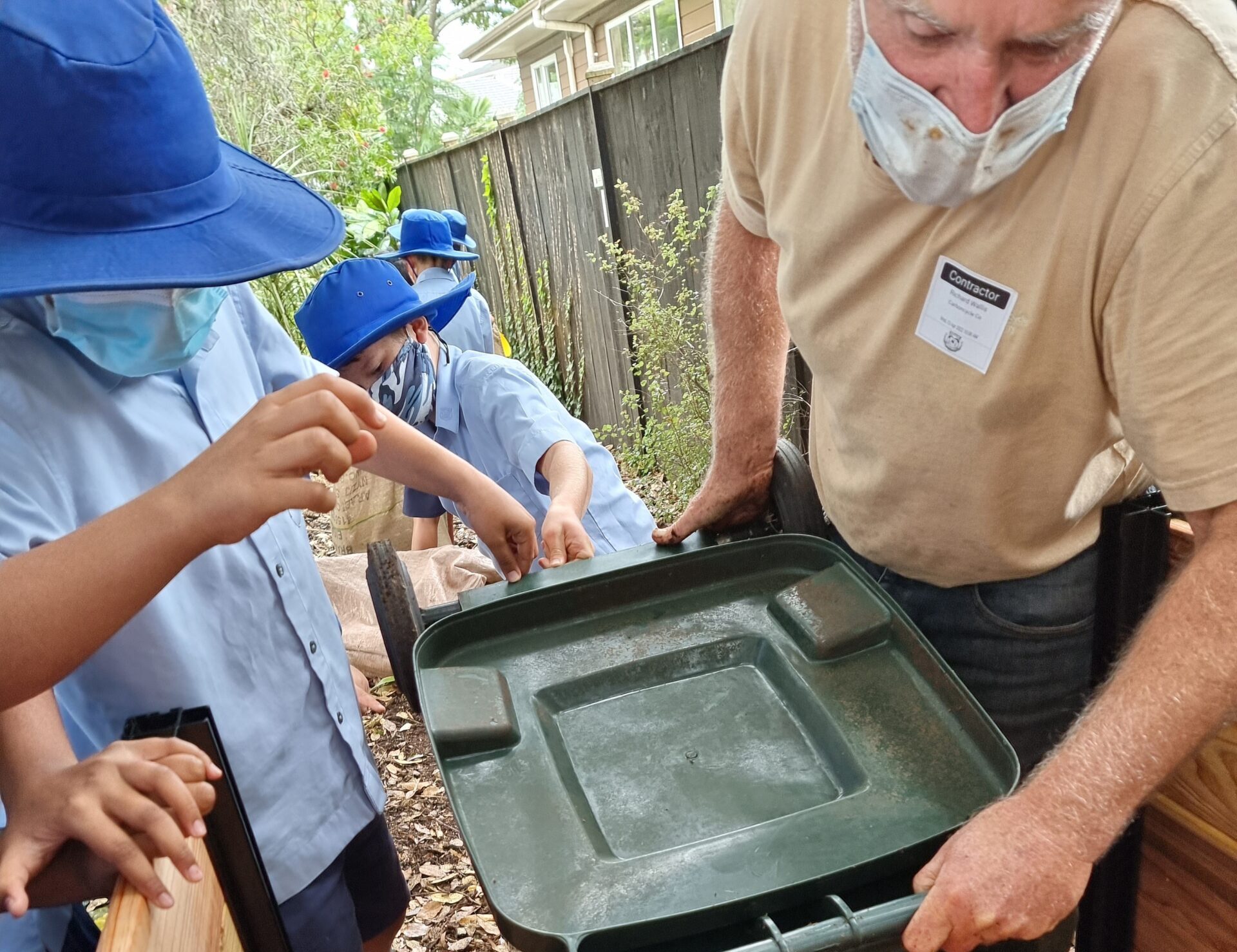
Image supplied by The Carbon Cycle Company
Recently, carbon accountants realised the carbon models shaping our response to global warming do not take account of carbon respired from the soil, nor the knock-on effects: less soil water holding capacity; impaired ability of parched landscapes to support vegetative cover; less capacity for photosynthesis; less CO2 drawn down from the atmosphere into stable ecosystems, and ultimately into porous soil carbon structure. The combined effect of burning fossil fuels as well as the emission of soil carbon to the atmosphere as CO2, and reduction of photosynthetic drawdown, is that net annual emissions of CO2 to the atmosphere jump from 40bt to 70bt.
Read the Term 2 edition of School News HERE
This goes a long way to explain why in the past few years warming is occurring far more rapidly than predicted. This development highlights the need to rectify the loss of soil carbon structure.
Advances in scientific understanding of plant nutrition suggest that the efficiency with which plants photosynthesise CO2 and water into carbohydrate is determined by the form in which their nitrogen requirements are satisfied. Photosynthesis is more efficient when plants feed on nitrogen that is first metabolised by a large diverse biomass of bacteria and fungi, in particular amino sugars. Conversely photosynthesis is significantly less efficient when fertilised by nitrates.
More efficient photosynthesis returns more carbohydrate to the soil by way of root exudates and greater levels of diverse organic matter in the soil. This greater carbon-based biomass sustains larger, more diverse populations of bacteria and fungi and that immobilises the preferred nitrogen and feeds it back into the plants as it simultaneously maximises the residue of resistant organic carbon deposited in the soil. This is mostly a dead microbial necromass. That carbon is not respired. It is sticky and remains in the soil where it holds compacted mineral particles apart to form spacious porous mineral carbon structure which enables the soil to exchange gases. This means that ever larger populations of bacteria and fungi can respire and live in the soil. It also enables the soil to absorb and hold the large volumes of water needed for vigorous photosynthesis.
By contrast when plants receive their nitrogen in the form of nitrate fertilisers, photosynthesis becomes substantially less efficient resulting in less exudates, less organic matter in the soil and a decrease in volume and diversity of bacterial and fungal populations. The building and maintenance of soil carbon structure is lost and over time soil carbon structure degrades and is respired back into the atmosphere in a vicious downward spiral. This degenerative process accounts for the increase of 30bt of atmospheric CO2 which has only recently been discovered.
Our mission is clear. We need to increase the volume of soil organic matter by diverting food-waste from landfill to make compost, grow food and restore the necessary soil-building biology. This will restore the efficiency of photosynthesis and build soil carbon structure across our landscapes. When this practice is firmly established in schools, a common understanding of how soil carbon structure is regenerated will better inform climate policy that reduces carbon dioxide emissions as it assures food security and better nutrition.
This article was contributed by Richard Wallis, The Carbon Cycle Company
A new report from the University of Auckland’s Our Voices Project asks young people what…
The government has opened a tender for new standardised assessment tests, leaving educators shocked and…
Early in her career, Kiri Turketo found inspiration in an unlikely source. In this Principal…
Real stories of dedication, challenges, and triumphs from educators in NZ. Part six comes from…
Is fast furniture impacting your school's environmental footprint? We explore eco-friendly solutions to reduce furniture…
A new report from the New Zealand Initiative argues we need a stronger and clearer…
This website uses cookies.